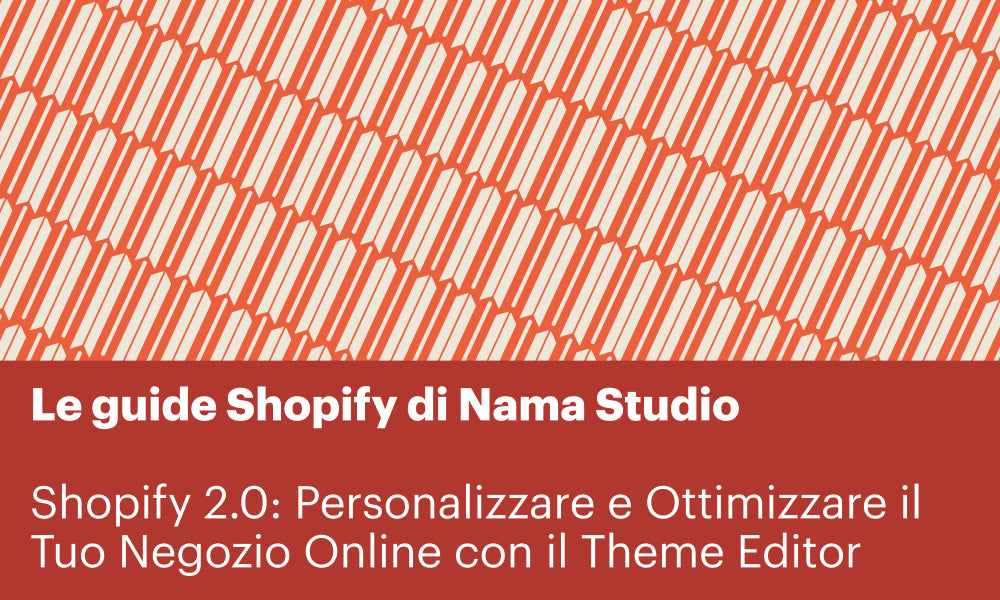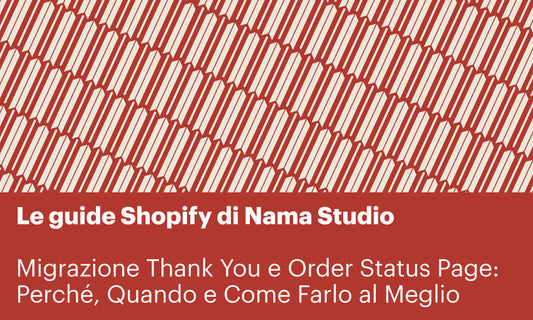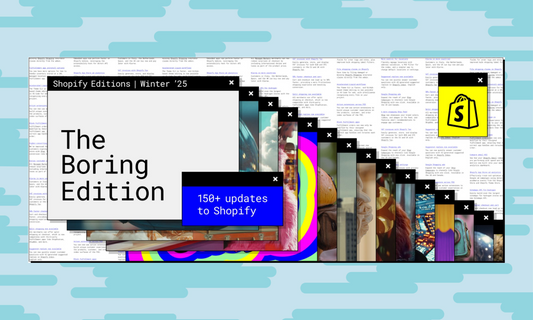Shopify 2.0 brings great improvements for those looking to customize their online store without programming knowledge. The Theme Editor allows you to configure the layout, adjust colors, fonts, and sections of each page, such as the homepage, product pages, and categories.
Thanks to an intuitive structure, you can easily add or modify content like promotional banners, reviews, and image galleries using a simple drag-and-drop interface. The real-time preview helps you see how changes affect the design instantly.
Summary
- 1. Introduction to Shopify 2.0 Theme Editor
- 2. Navigating the Theme Editor
- 3. How Templates Work in the Theme Editor
- 4. Basic Settings in Shopify 2.0 Theme Editor
- 5. Setting Up Theme Sections
- 6. Customizing the Homepage
- 7. Creating and Customizing Templates
- 8. Advanced Settings: App Embeds and Theme Texts
- 9. Conclusion
1. Introduction to Shopify 2.0 Theme Editor
The Theme Editor is a central tool for personalizing your store's layout, all without writing code. You can make real-time changes to colors, typography, and the layout of key pages like the homepage, product pages, categories, or even your blog—all with just a few clicks.
To get started, click Customize under Sales Channels > Online Store > Themes in your Shopify admin.

2. Navigating the Theme Editor
The Theme Editor is divided into four main areas:
- Header area: Navigate between different pages and templates and select the page you want to edit.
- Store preview: See changes in real-time and switch between desktop and mobile views.
- Main areas: These include Sections, Theme Settings, and App Embeds.
- Detailed input fields: Customize specific elements in your online store.

To navigate, click directly on the elements in the store preview or use the dropdown menu in the header to select the page you wish to edit.

3. How Templates Work in the Theme Editor
Templates are the foundation for designing and organizing elements on each page. They act as reusable stencils for pages like the homepage, product pages, or categories, allowing you to add or modify sections easily.
Once a template is created, you can assign it to a specific page in your store, streamlining customization without the need to edit each page individually.
4. Basic Settings in Shopify 2.0 Theme Editor
Before diving into page-specific customization, it's essential to configure the general theme settings.

Main settings include:
- Colors: Set your brand's primary colors using HEX codes.
- Fonts: Shopify offers a wide range of fonts for headings and body text.
- Cart options: Choose between a separate cart page, drawer, or popup.
- Favicon: Add an icon to reinforce your brand identity.
5. Setting Up Theme Sections
After configuring the general settings, you can start customizing individual sections of each page. Among these, global store sections (header, footer) are visible across all pages.
Sections include:
- Announcement bar: Insert a promotional message at the top of the site.
- Header: Customize the main menu, add a logo, and adjust the layout.
- Footer: Personalize legal links and other important information.

6. Customizing the Homepage
The homepage is the storefront of your shop. In the Theme Editor, you can customize sections such as:
- Main banner: Insert a large image with a call-to-action.
- Bestseller section: Showcase your most popular products.
- USP (Unique Selling Proposition) section: Highlight your brand’s strengths with icons and short descriptions.
- Main categories: Display your store's key collections.
- Social media and newsletter: Include an Instagram gallery or a newsletter signup form.
7. Creating and Customizing Templates
Each category or product page can be customized to enhance navigation and conversion. You can create specific templates for different products or categories and add sections such as detailed descriptions, customer reviews, or high-quality images.
8. Advanced Settings: App Embeds and Theme Texts
With Shopify 2.0, you can easily integrate apps via App Embeds in the Theme Editor. These applications provide sections or widgets that can be added directly to your theme without any coding.
You can also customize the theme texts to modify default terms or messages. Access these via Theme Settings > Edit Default Theme Content.

Conclusion
The Shopify 2.0 Theme Editor is a versatile tool that allows you to customize every aspect of your store, from general sections to page-specific details. With its intuitive interface, you can create a seamless shopping experience for your brand and customers. If you need support in setting up or customizing your store, NAMA is here to help every step of the way!




